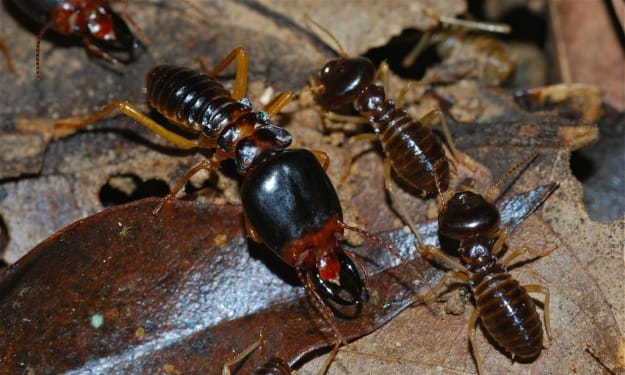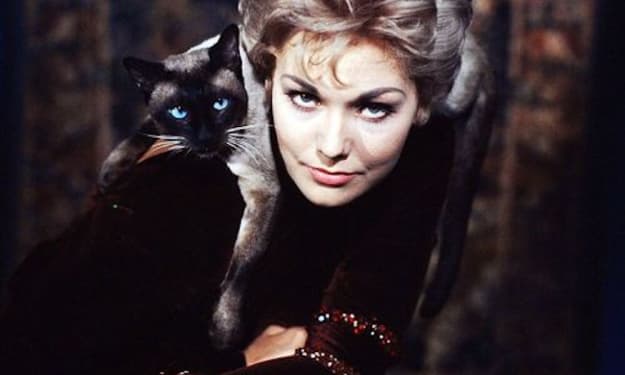
Aldabra tortoise
The Aldabra tortoise is the world's longest-lived animal with a life span of 150 years or more. According to historical facts, the oldest Aldabra in captivity is 170 years old at the time of writing.
The Aldabra tortoise is a native of the east coast of Africa and is smaller than its relatives in the Galapagos Islands off the coast of South America. It is found only on the island of Aldabras, an island in the Seychelles, where it is one of the largest tortoises in the world and the second-largest tortoise recorded after the Galapagos (Geochelone nigra). Both the Aldabra and the Galagos tortoises are examples of the gigantism of the island, where species grow larger than their ancestors on the continent due to a shortage of predators.
Aldabra tortoises have a variety of habitats on their introduced islands, ranging from mangrove swamps and coastal dunes to grassy, sandy, and forested areas. You can buy Aldabra tortoises at selected reptiles and reptiles online.
Aldabra tortoises are herbivores and are potential food sponsors. The great Aldabra tortoise is a herbivorous plant such as grass, leaves, woody stems, and a variety of plants and blessings. Naturally, they are found on the island of Aldabra on the island of Seychelles.
Large Aldabra tortoises are flexible and flexible, supplementing their diet with small invertebrates and fodder species. Since there is little saltwater in their natural environment, they draw most of their water from food sources.
Tortoises use a wide variety of habitats, including grasslands, low shrubs, mangroves, wetlands, and coastal dunes. After long stages of foraging for food, the habitats known as turtle grasslands contain large numbers of grasses that have grown in some areas. There are no less than 20 species of grasses, herbs, and females that grow on many different plants, and their seeds are not always on the plant, but in the ground to prevent tortoises from closing their jaws.
Tortoises are known to cut down small trees and shrubs to provide nourishing leaves. Seeds are transferred to the tortoise's channel and serve as food for many other species.
Tortoises stretched their necks to get out from behind a tree. They move very slowly, but that's fine because they don't have to run very fast to catch the leaves and fruit.
Large Aldabra tortoises are very active in the early morning and evening work for less than four hours. They perform a variety of tasks, including mounting, stretching, walking, feeding, sleeping, and exercising, from morning till evening. They are vegetarians and spend most of their time searching for food in their vegetable garden.
The Aldabra tortoise lives on islands in the Indian Ocean along with 18 other species of tortoises. It is also known to be found in areas known as turtle lawns.
Aldabra is one of the world's largest sea turtles. It originated on the island of Aldabra, an island in the north of Madagascar, and is the last wild species of tortoise in the eastern hemisphere. The largest tortoise to date has been the Galapagos tortoise (Geochelone nigra).
Galapagos tortoises for sale are large and require special permits. The 4-6-year-old Aldabra tortoise is not only fun but also enjoys Mazuri tortoises, which live on pumpkins, courgettes, and other weed species and in Opuntia cacti. Like any large tortoise on sale, the Aldabras need more food and more space.
If you have the space and time to learn how to take good care of the great Aldabra tortoise, this is for sale. Provide your tortoise house with a heat lamp, radiator, or large heat sink, or pigskin coat to maintain the right temperature when it is cold.
Sexual maturity is determined by size and age and most species start to reproduce as soon as they reach their full size, usually at 25 years of age. Life expectancy is unknown, but it can be as old as 100 years. The distribution of all Aldabras wildlife is limited to Aldabra Atoll, a small group of coral islands in the Seychelles Island State near Madagascar. Very large tortoises can be found in a grassy area called platinum.
Many of these people live on the island of Aldabra in the island of Seychelles. The island is protected from human influence and is home to more than 100,000 tortoises, the largest population in the world. They are protected in Aldabras on neighboring islands, where young people live.
This protection, in conjunction with an international treaty to limit trade in this species, has helped the species recover slowly. These species are not yet born in the wild and are considered endangered (see Conservation Status).
There are at least 18 species of tortoise that once thrived on the islands of the Indian Ocean and have become extinct as a result of marine hunting, egg and young hunting as well as introduced species such as rats, cats, and pigs. The tortoise studied survived the scientists who studied it, and proper records were not kept.
This allows the male tortoise to become more stable as it attaches itself to the female. Male tortoises try to climb up a woman with a straight penis. If they are very careful, they can't fix their tip.





Comments
There are no comments for this story
Be the first to respond and start the conversation.